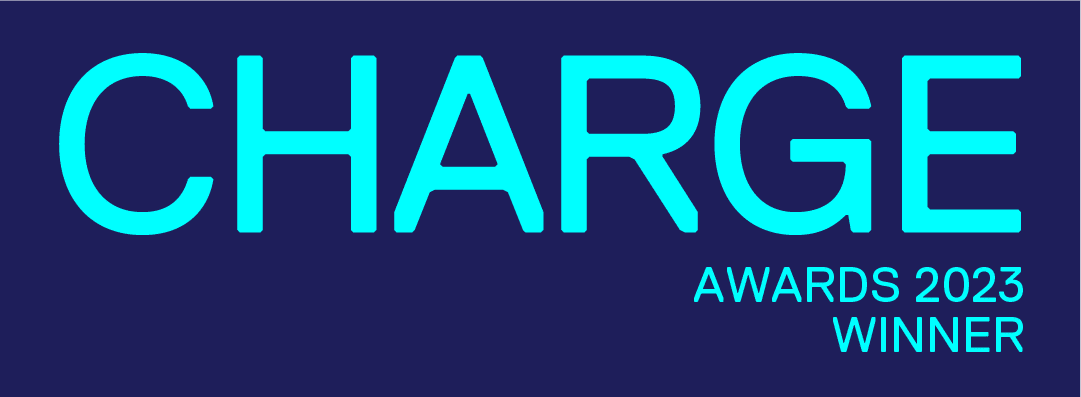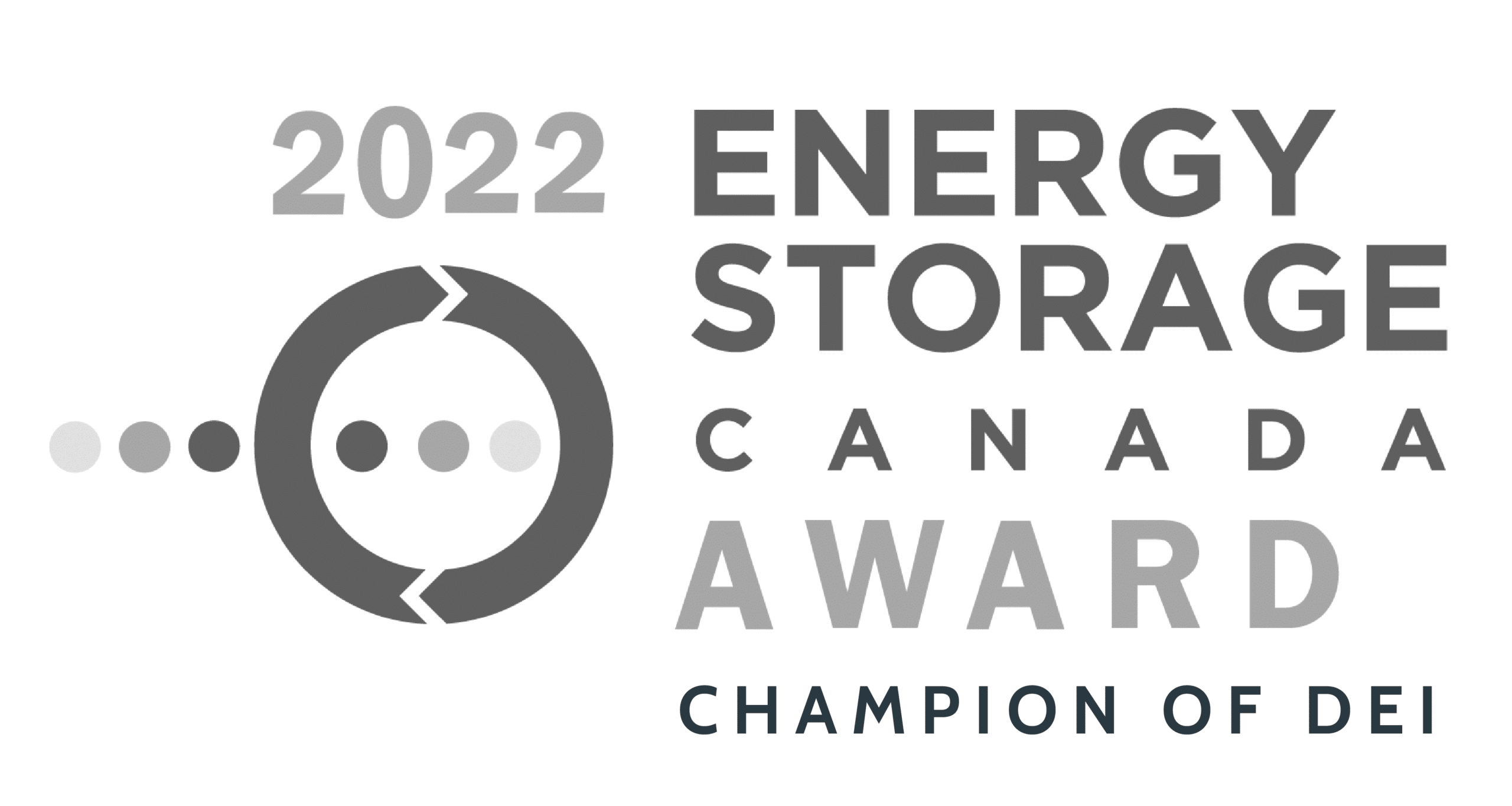Global temperatures are rising, and we’re running out of time to address climate change. That’s why we need to make the most of our existing energy infrastructure while investing in new cleantech solutions and exploring methods of energy demand side management. Fortunately, our modern grid enables us to do just that. According to the Energy Information Administration (EIA), global electricity demand will grow by 50% by 2050—as countries develop their economies and the middle class continues to grow.
Electricity is a commodity, and it’s one that businesses can’t afford to neglect. It powers the servers that run your company’s software, keeps production lines running smoothly, and allows employees to work from home or travel internationally for business meetings. Your company needs affordable, reliable electricity to stay competitive in today’s global economy. That means finding ways to lower your energy bills.
However, high temperatures are causing surges in electricity prices, undermining efforts to curb greenhouse gas emissions and undercutting the bottom line.
The Growing Problem of Heat Waves
Heat waves are becoming more frequent and intense, and they will worsen as the climate warms. Heat waves increase energy demand for cooling, which in turn strains electricity grids and can lead to power outages or brownouts. As a result, heat waves have become a significant concern for electric utilities worldwide.
The frequency of heat waves globally has increased over an alarming threshold since 1950, with temperatures rising between 2°C and 6°C. Heat waves are linked to significant increases in electricity demand across much of Europe and North America.
The increase in global temperatures may continue over the next century, driven by rising carbon emissions and other greenhouse gases.
The power grid may not be able to withstand extreme weather conditions. Heat waves are one of the most challenging events for utilities because they increase electricity demand while affecting transmission and distribution infrastructure. During peak demand hours, when temperatures are hottest and electricity demand is highest, power plants can experience challenges in balancing supply with demand.
This can lead to power outages as utilities attempt to maintain service reliability during peak load periods (when electricity use reaches its maximum).
The Role of Demand Side Management in the Pan-Global Fight Against Climate Change
Demand side management (DSM) in energy is a set of technologies and practices that help reduce electricity demand during peak hours. DSM programs can take many forms but involve behavioural change and technological innovation. In addition to reducing peak electricity loads, DSM programs can offer other benefits such as improved tenant satisfaction, diminished stress on the grid, and reduced greenhouse gas emissions.
DSM programs are particularly effective at reducing electricity use during peak hours because they target the largest source of demand: homes and businesses. Of the total electricity consumption in Canada, the residential and commercial sectors account for more than half of the total.
Energy demand side management strategies can be used day or night, even during non-peak times, reducing costs further and helping to avoid greenhouse gas emissions associated with bringing gas and coal plants online. The value of demand-side management strategies is enormous but is an often-overlooked part of our fight against climate change.
If we want to meet our climate goals, we need to find ways to keep the dirtiest sources of power generation offline.
Smart Energy Curtailment Strategies for C&I Facilities
You can apply the same logic to commercial and industrial (C&I) facilities. Many of these buildings have already implemented energy efficiency measures, but that doesn’t mean they don’t use much power.
Smart energy curtailment is an effective way to reduce demand and save money. It’s also a terrific way to manage energy usage during peak hours, ensuring that you don’t exceed your budget or emissions targets. As part of this process, you can also use demand side management strategies (DSM) to cut down on consumption by designing incentives for customers to reduce their power consumption at certain times.
In the C&I sector, you should align energy curtailment strategies with overall goals for your facility and its occupants. Consider how you will use microgrids to reduce consumption. Microgrids can enable facilities to switch from being net consumers of energy to net exporters of renewable electricity, allowing them to profit from the excess power they produce. They also allow you to use less expensive off-peak electricity instead.
Automation
Automating your energy consumption is another incredible way to increase efficiency and reduce energy costs. Automating your power management system allows you to monitor and control all aspects of your building’s electrical system, including lighting, heating, and cooling systems, plug-in equipment like vending machines, charging stations for electric vehicles (EVs), water pumps, and more.
You can also save money on energy costs by aligning the time of day you use electricity with the price points on your utility bill. This strategy is called load shifting or peak shaving, and it can save C&I facilities thousands of dollars.
Peak shaving works by moving power consumption during hours when rates are highest to off-peak times when rates are lower. You can do this by using smart devices and software that automatically switch your power on and off based on the time and how much electricity you use at any given moment. It can also be used for strategies like load shifting, where commercial spaces will pre-heat or pre-cool spaces to avoid the highest spikes in electricity costs.
Utility Infrastructure Projects: The Impact on C&I Goals
Utility infrastructure projects are an excellent way to reduce greenhouse gas emissions while increasing reliability for commercial and industrial buildings. Infrastructure projects include upgrades to existing systems, such as a smart grid, and new installations, such as transmission lines.
A smart grid is a modernized power delivery system that produces power more locally to where it is consumed, generally with Distributed Energy Resources like solar or batteries placed behind the meter on buildings of all types. It also allows customers to shift their electricity usage during peak hours (or even in real-time). For utilities, this reduces the need to construct more generation facilities or hundreds of miles of transmission lines, resulting in lower costs and environmental impacts for consumers and businesses.
Transmission lines send power from where it’s generated to where it’s needed; they’re typically between substations in different regions of a country or state/province/territory—and sometimes even countries themselves! Producing renewable energy at the sites where it is consumed results in far lower costs for the utility and lower costs for the end customers.
Low Cost/High ROI Solutions
If efficiency is the aim, start by conducting an energy audit for your business. A qualified professional will be able to tell you what aspects of your business are most cost-effective to target and how to go about making improvements.
You may also consider installing tracking software for various equipment in your building or space. This will allow you to monitor usage, performance, and costs in real-time, allowing you to adjust accordingly when necessary.
Energy Curtailment & Demand Response
You can’t just throw a plan together when it comes to energy curtailment and demand response. Think about the whole picture. Energy curtailment plans for building owners must consider more than just energy savings. You must also plan for occupant comfort and productivity, as well as critical systems and spaces within your site.
Demand response reduces the strain on the grid during peak times by using automatic control systems—and it’s up to you how far you go with demand response strategies. If you want to go all out, you can set up a demand response strategy that offers incentives to your building’s tenants. This is good for everyone involved: You get energy savings, you build brand goodwill through environmental initiatives, and tenants access more affordable electricity.
How Energy Storage Can Help
An energy storage system can help you reduce peak demand, translating into significant cost savings. The ability to store energy means that you can store energy when it is cleanest (and cheapest) to use behind the meter or even to sell back to the grid. This allows you to avoid paying expensive peak demand charges from your utility or third-party provider and can even add revenue streams for your business.
It’s like that old investment adage, “Buy low, sell high.”
Energy storage can also help reduce consumption by deploying stored energy at strategic times, allowing for greater productivity, and helping with executing your overall demand management strategies. It is becoming increasingly crucial for facility managers, portfolio managers, and energy managers who are charged with reducing their company’s carbon footprint and controlling the energy operating costs.
Integrating Distributed Energy Resources for Effective Grid Management
Distributed Energy Resources (DERs) can also provide the grid with the flexibility needed to manage the peaks of electricity demand. DERs are a primary component of the microgrid, which has grown into a mainstream technology, allowing for local control over power generation, storage, and distribution. With a microgrid, customers can access cleaner electricity sources like solar panels or wind turbines within their communities. They can use these resources by shifting their energy use from peak times to off-peak hours when prices are lower, thus reducing overall energy consumption levels compared with an average peak load model.
A notable example of this sort of microgrid evolution is Peak Power’s project at Ontario Tech University. We are developing and executing a marketplace participation model that empowers Ontario Tech University to participate in the grid. The project applies Peak Power’s Synergy software to a microgrid of co-located assets. The project is focused on 3 major components:
- Multi-Asset Optimization: The site will include existing DERs (combined heat and power systems, energy storage, and solar installations) and new DERs (energy storage, solar installations, and EV charging) optimized individually or collectively as a microgrid for wholesale operating reserve and real-time market streams.
- GHG (greenhouse gas) Optimization: This project will quantify and analyze GHG emissions and then optimize for GHG reduction with smart energy dispatch.
- Resiliency: Ontario Tech University is home to a state-of-the-art ACE Climatic Wind Tunnel. But it consumes a lot of power. This project will co-optimize the DER (Distributed Energy Resource) assets for both GHG reduction and energy bill reduction.
If a power outage occurs, microgrids can work independently and allow for a quicker recovery time. They also can store energy so that it can be used when needed. For example, a commercial building or apartment complex may use solar panels to generate electricity during peak daylight hours, store that energy, and then use that stored energy later in the evening when their solar installations are no longer producing.
During the evening, when electricity demand is at its peak, the building would use this stored energy to power its lights and equipment. Microgrids can also help prevent electricity outages. If one part of a utility grid loses power, the microgrid will continue to operate and supply electricity so that customers in that area aren’t affected.
Conclusion
As the planet grows hotter, we must change our energy consumption habits. This means reducing our use of fossil fuels and increasing our reliance on clean, renewable sources. But it also means changing how we manage demand for electricity by improving efficiency, increasing storage capacity so we can save power during peak times, buying less from the grid, and even exporting energy back to the grid.
If you’re looking for a free, concise guide on all the energy incentives available to commercial buildings and industrial facilities in New York or Massachusetts, then you’ve come to the right place. We’ve compiled these eBooks with enough information to help you understand how to work with utility companies, work with regulators, and take advantage of stacking energy incentive programs and value streams. Download the New York eBook here or the Massachusetts eBook here.
If you have questions about DERs, demand side management, energy storage, or smart grids contact us today!





